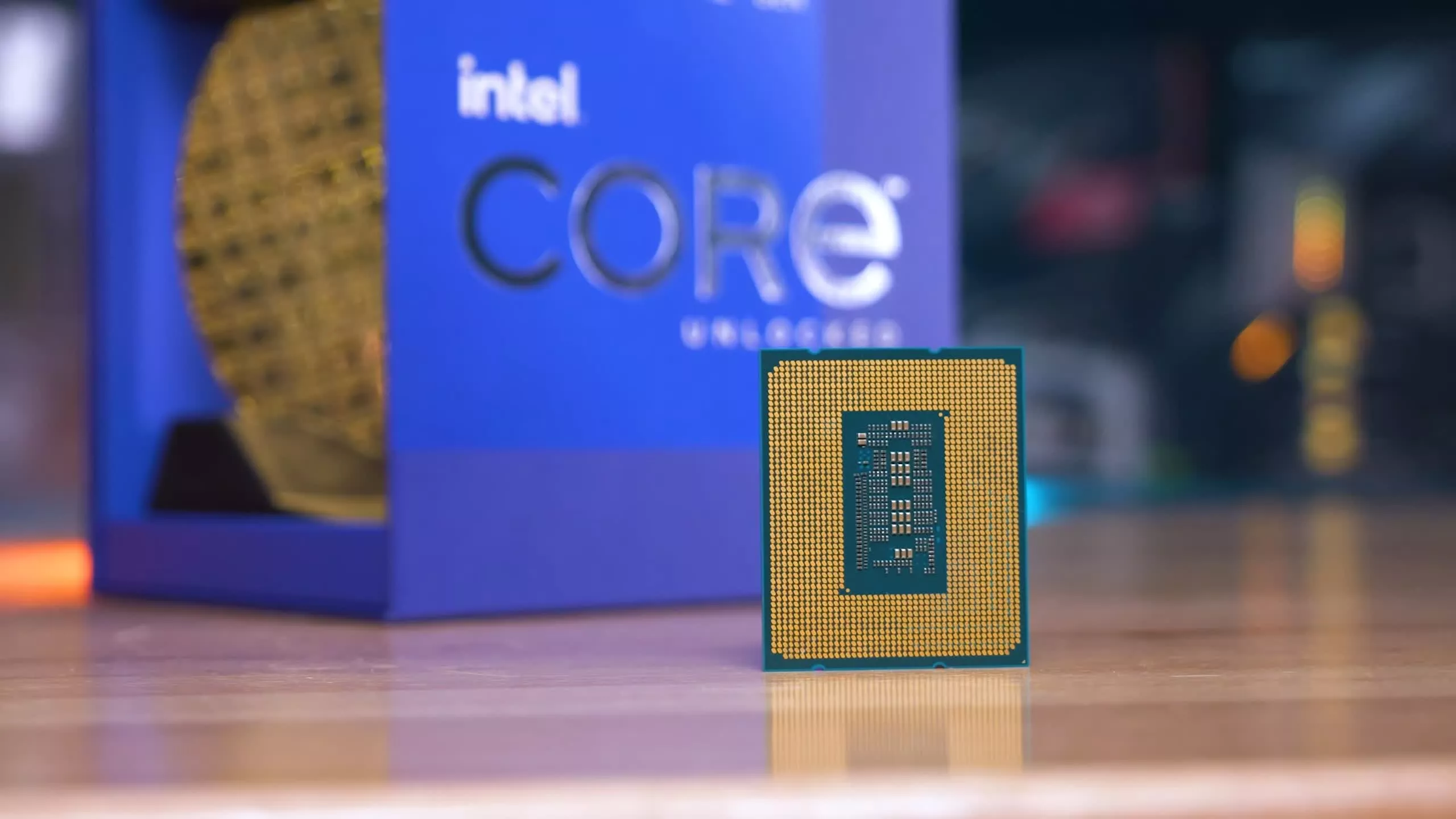Something to look forward to: A new leak indicates that the upcoming Intel 4 process node might feature over 20 percent higher clock speeds while drawing the same amount of power as the current Intel 7 node. If this figure applies to high frequencies, too, it could enable desktop CPUs to breach the 6 GHz mark.
A Twitter user leaked a few slides from Intel's upcoming presentation at the IEEE VLSI Symposium 2022 before deleting them a few hours later. The slides detail the new Intel 4 process node and contain a die shot of an unreleased Meteor Lake-P processor. As a reminder, Intel expects to release its 14th-gen Meteor Lake CPUs in late 2023, following the release of Raptor Lake this year.
Intel 4
--- witeken (@witeken) June 11, 2022
-1.8-2.0x HP scaling
-40-50% less power, +12% peak perf (@davidbepo)
-4:3 fin depopulation
-2nd gen contact over gate
-2nd gen single dummy gate
-eCu = Ta/Co barrier + pure Cu
-2x MIM cap scaling (10x vs 14nm)
-18 layers (+1)
-EUV: -20% masks, -5% total steps (vs. 7) pic.twitter.com/325HwQEKug
The Intel 4 node will reportedly make extensive use of EUV lithography. The chipmaker also claims that it can achieve almost twice the high-performance library area scaling compared to the Intel 7 process used in current Alder Lake processors. The new node will also be compatible with the company's EMIB and Foveros packaging technologies, with the latter being used for Meteor Lake to enable a tiled design. Most notably, Intel is aiming for at least 20 percent higher clock rates at the same power consumption as Intel 7, meaning we could see high-end desktop CPUs reaching 6 GHz.
Meteor Lake 6+8 pic.twitter.com/c1JwWuCJRu
--- witeken (@witeken) June 11, 2022
The leaked die shot is of the compute tile of a 14th-gen Meteor Lake-P mobile chip. It features 6 P-cores and 8 E-cores, and it utilizes the previously mentioned Intel 4 node. The CPU will also feature an I/O tile, SOC tile, and graphics tile, with the latter expected to use TSMC's N3 process. Previous rumors indicate the desktop CPUs will require a new LGA 1851 socket, not LGA 2551.
